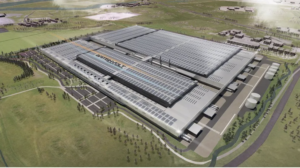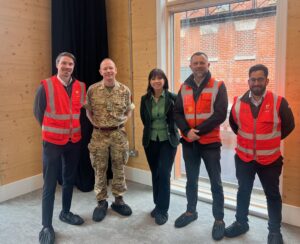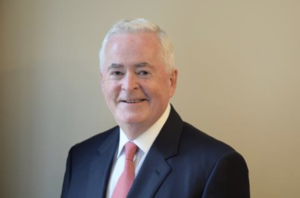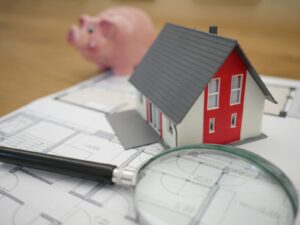Michelin star Italian
Clare Goff visits a city in Italy that’s proving sustainability and regeneration can go hand in hand
Despite its location in the foothills of the Alps, the Italian city of Trento is famed more for the quality of life of its residents than as a destination for tourists.
It was ranked number one city to live in Italy’s ‘qualita della vita’ survey in 2007, and its high levels of enterprise, job opportunities and educational, sporting and cultural assets ensure its inhabitants enjoy one of the best standards of life in the country.
But in common with many cities, much of Trento’s industrial heritage has been forced to dismantle in the last 30 years.
The closure of a Michelin factory situated in an 11ha site on the banks of the river Adige left a glaring hole in the city’s landscape.
The site was eventually purchased by Iniziative Urbane and, in 2000, it and the municipality of Trento ran a competition for architects to pitch ideas for the site’s redevelopment. The winner was Renzo Piano, a fellow Italian most famed for his collaboration with Richard Rogers on the design of the Pompidou Centre in Paris.
Ten years on, building work is in progress on the Trento site, known as Le Albere. Now the biggest regeneration project in the region, it marries high-tech sustainable solutions with the city’s rich heritage.
The naming of the project is significant. Le Albere are the cypress trees which lined the way to the Albere Palace, a 16th century castle that neighbours the ex-Michelin site and is now a thriving arts and cultural centre.
While Mr Piano’s strikingly modern design will not fail to stand out in a city which still has an original Roman road running through it, his key theme throughout the project is ensuring its continuum with its surroundings, both natural and man-made.
Thus the centrepiece of the new site – the Muse science museum – aims to become a cultural hub similar to that of the project’s namesake and neighbour, the Albere Palace.
Trento is famed for its educational credentials and the new museum will continue this tradition, with the Muse becoming a research centre for the study of the environment and biodiversity. Researchers from around the world will be based at the site and will bring their studies to life throughout the museum, ensuring local schools, tourists and the general public increase their understanding and awareness of environmental issues.
The design of the museum itself mimics the natural landscapes that surround it. Situated on water, the Muse appears to be floating. Its jagged skyline mirrors the mountains that overshadow it and the use of natural materials in the entrance hall and throughout the rest of the building blur the boundaries between the natural and the man-made, with its focal point a huge tropical greenhouse.
In designing the residential area of the site, Mr Piano was also keen to ensure continuity between the historic centre of Trento and his new development.
The area – previously cut off from the city centre by a railway line – will be linked to the city through underground cycle and walking pathways, canals and squares. The layout of the residential area of the site mimics the centre of the old Italian town, with narrow streets and lots of small squares.
‘It’s not merely a new neighbourhood but an extension of the old town revisited in a modern way,’ says Giampiero Schiavo, chief executive of Castello SGR, the real estate company managing Le Albere.
But while the project aims to blend in with its historical surroundings, its design and credentials are far from old-fashioned. Each of the 300 new flats will have solar panels and a central energy system located next to the site will ensure buildings are heated and cooled in the most efficient way possible.
The flats will make use of wood and other natural materials and, with just a single road around the site, most areas will be car-free, with vehicles hidden away in an underground car park. All flats will have a view of green space and, of its 11ha, almost half the site will be turned into a public park which slopes down onto the banks of the river.
While some in local government have been critical of the level of development on the site, Renzo Piano is aiming to show that heritage and new development are far from incompatible. And by embedding sustainable education into the design via the Muse science museum, he is investing in generations to come.













